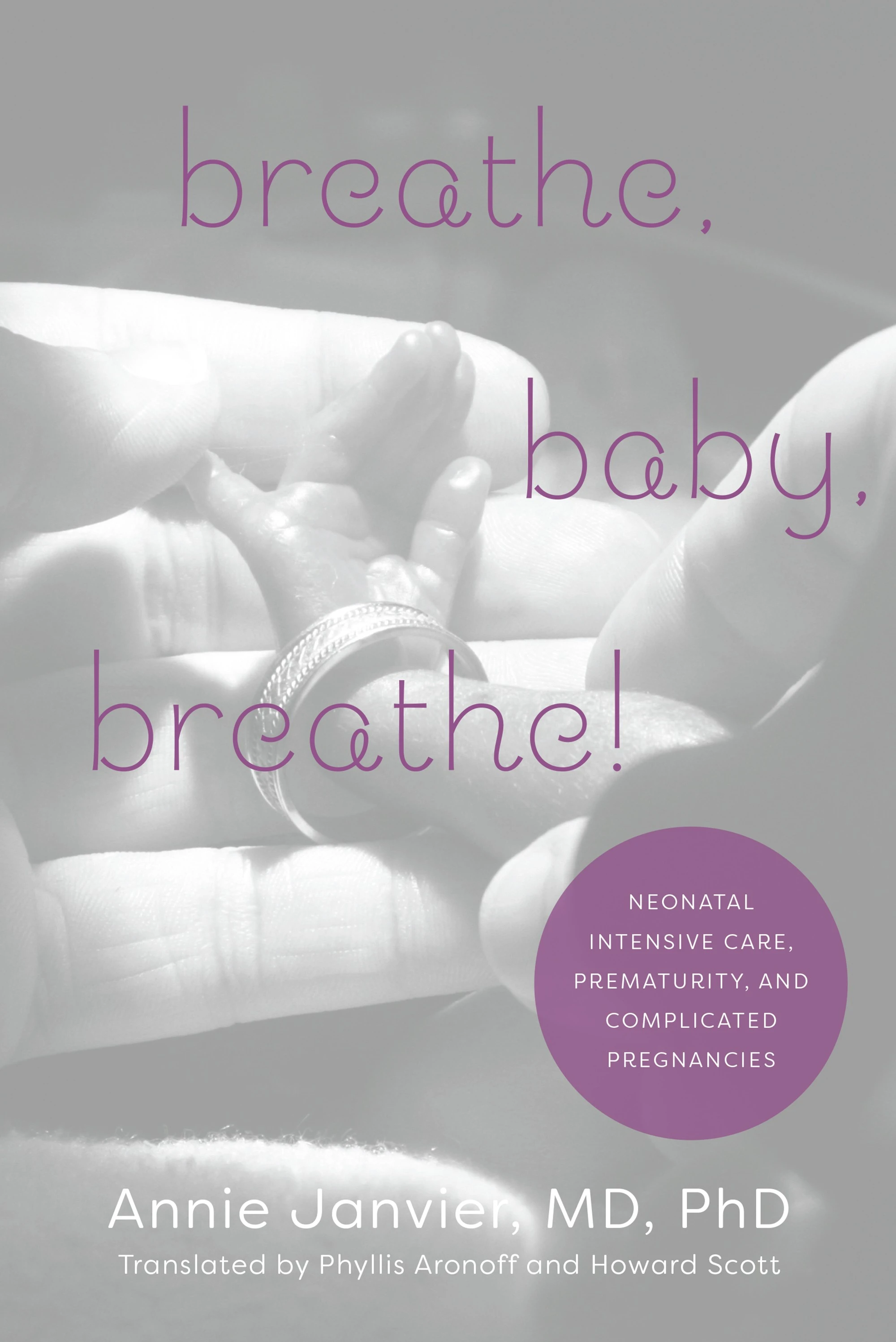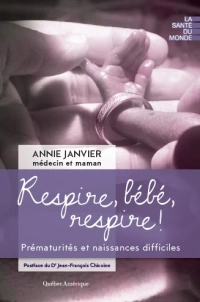A selection of articles about HIE and cooling, and potentially other issues.
- Gluckman PD, Wyatt JS, Azzopardi D, Ballard R, Edwards AD, Ferriero DM, et al. Selective head cooling with mild systemic hypothermia after neonatal encephalopathy: multicentre randomised trial. Lancet 2005, 365(9460): 663-670.
The first of the hypothermia trials and the first evidence that there might be a therapy to improve outcomes after HIE. This was the selective head cooling trial, organized in New Zealand, but with international collaboration. 234 babies were randomized, no overall difference in terms of survival without severe disability, but the less severely affected baby subgroup did have a benefit.
- Shankaran S, Laptook AR, Ehrenkranz RA, Tyson JE, McDonald SA, Donovan EF, Fanaroff AA, Poole WK, Wright LL, Higgins RD et al: Whole-Body Hypothermia for Neonates with Hypoxic-Ischemic Encephalopathy. The New England journal of medicine 2005, 353(15):1574-158.
Shortly afterward, this trial from the NICHD network appeared, there were 208 babies randomized, with a reduction in the outcome of death or moderate to severe disability. Which was the case even among the more severely affected subgroup.
- Azzopardi DV, Strohm B, Edwards AD, et al. Moderate hypothermia to treat perinatal asphyxial encephalopathy. The New England journal of medicine 2009; 361: 1349-58.
The next of the large multicenter trials to report from the UK, randomized 325 babies, survival was no different between groups, but there was less cerebral palsy and less developmental delay at 2 years.
By now the data were pretty convincing, especially if we add the earlier pilot trials to the mix, and a safety study by Eicher. I think other studies that were underway should have been involved in a joint review of these published data and accumulating data from those other studies (by the DSMCs) which I am sure would have demonstrated that there was solid proof of efficacy and safety. Unfortunately the trials continued for some more years, continuing to randomize infants to control arms.
- Shankaran S, Laptook AR, Pappas A, et al.: Effect of depth and duration of cooling on deaths in the nicu among neonates with hypoxic ischemic encephalopathy: A randomized clinical trial. JAMA 2014, 312(24):2629-2639.
This trial, in contrast is what was needed next, and randomized evaluation of whether cooling for longer, or to lower temperatures was more effective. It was not. 364 babies were randomized to one of 4 combinations, looking at 33.5 degrees compared to 32 degrees, and 72 hours compared to 120 hours. Mortality was slightly (but not significantly) higher in the longer cooling group, and no advantage was seen. I don’t believe that the long term follow up has yet been published.
- Akula VP, Joe P, Thusu K, et al. A randomized clinical trial of therapeutic hypothermia mode during transport for neonatal encephalopathy. The Journal of pediatrics 2015; 166: 856-61 e1-2.
This was a randomized trial in 100 newborns being transported for hypothermia treatment in a tertiary center. Hypothermia was, of course, started before the transport, and was performed either with simple passive methods, or with a servo-controlled device. The device was much quicker at achieving target temperature, and the temperatures were more stable also.
- Laptook AR, et al. Effect of Therapeutic Hypothermia Initiated After 6 Hours of Age on Death or Disability Among Newborns With Hypoxic-Ischemic Encephalopathy: A Randomized Clinical Trial. JAMA. 2017;318(16):1550-60.
Sometimes babies arrive too late to start cooling under 6 hours of age, sometimes it isn’t clear if they qualify immediately, perhaps because they convulse at 8 hours of age. Is it safe and effective to cool them later? This trial randomized babies after 6 hours of age who were otherwise eligible for cooling, up to 24 hours of age. They knew they would have difficulty recruiting enough babies to have high power, so they planned a Bayesian analysis, which doesn’t give conventional p-values, but calculates the probability that the results are positive. They were able to conclude after randomizing 168 babies there was a “76%probability of any reduction in death or disability, and a 64% probability of at least 2% less death or disability at 18 to 22 months”. As in other studies there was no real evidence of adverse effects with cooling to 33.5 (in this study it was for 96 hours). This is probably as good as we will get, unless we can get an international collaboration to get a larger sample size. For now, it looks reasonable to cool infants who arrive, or who become eligible, after 6 hours, and it is probably somewhat effective.








